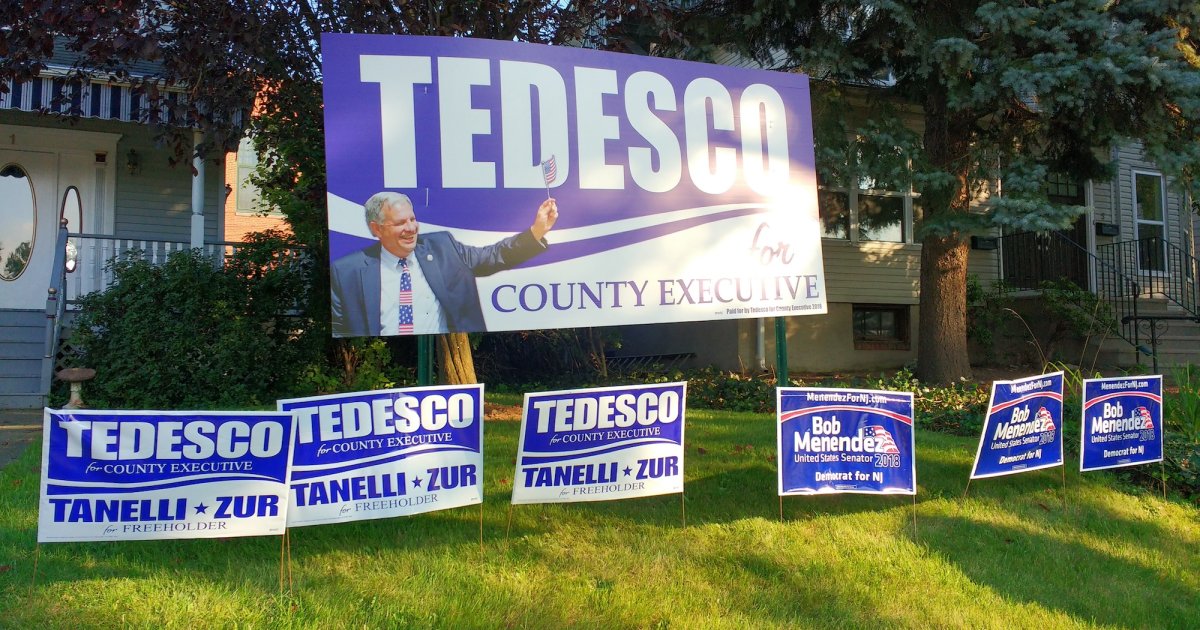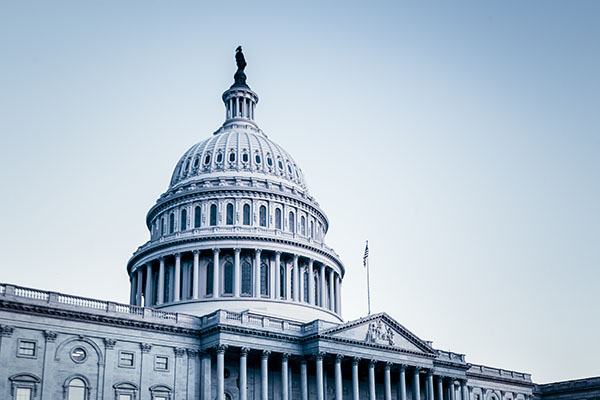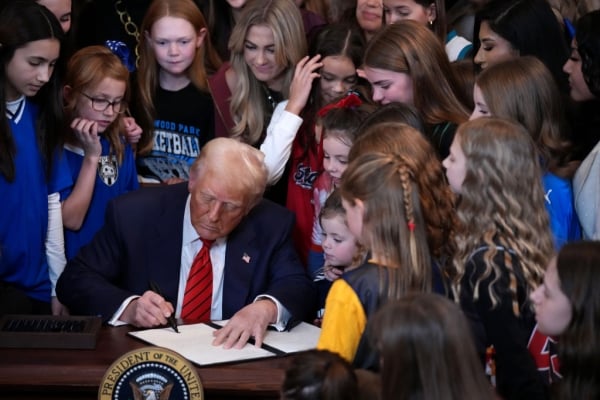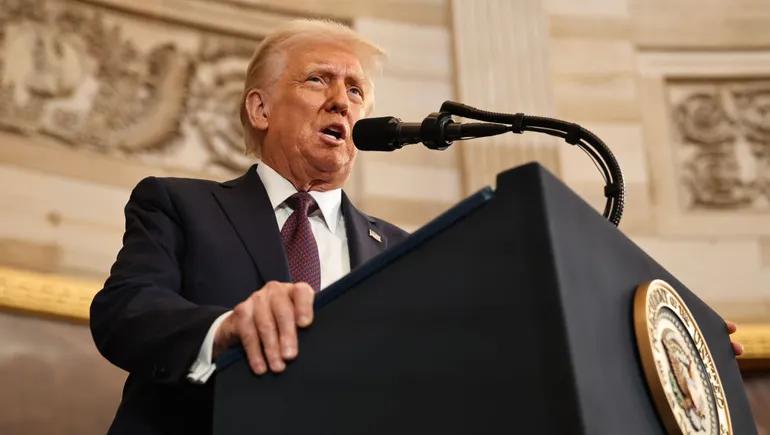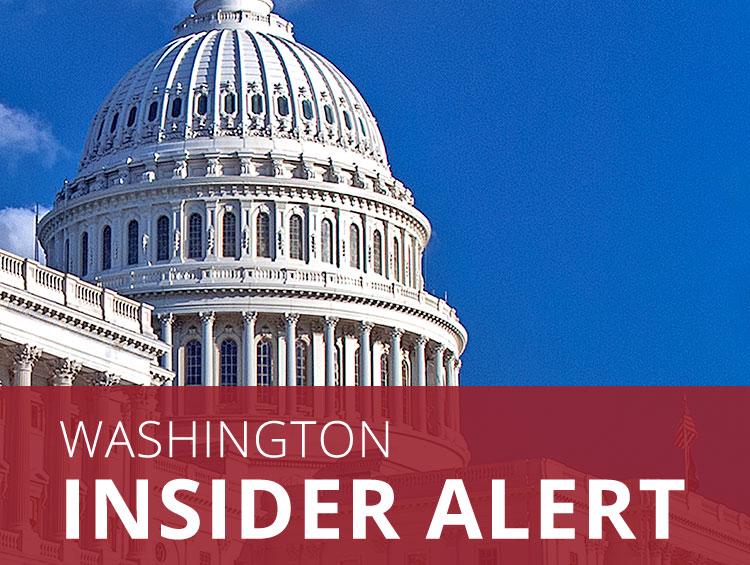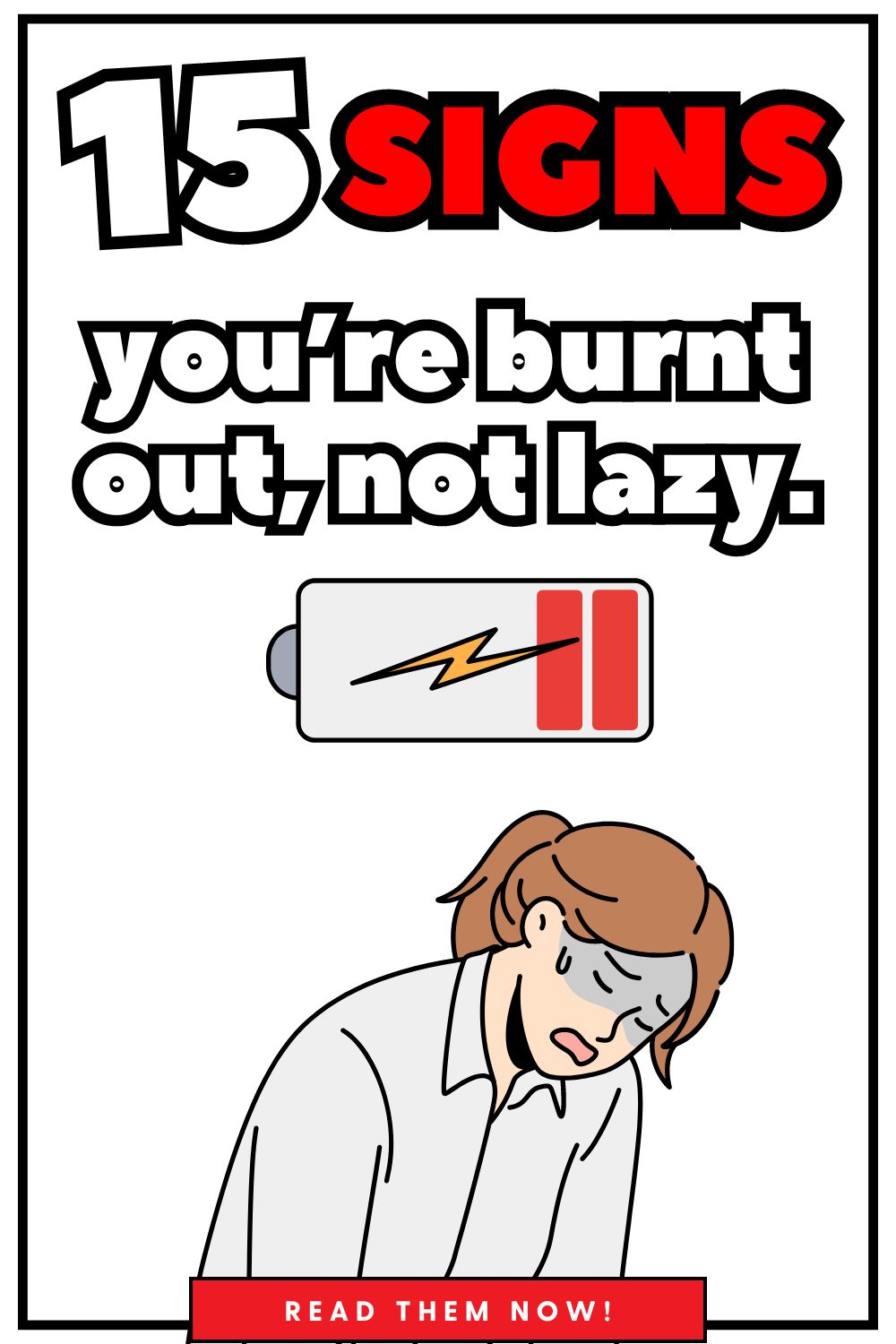Imagine putting a political sign in your yard, only to have your town threaten to fine you $1,000 a day for not following arbitrary size and placement rules.
That’s exactly what happened to four residents of Lodi, New Jersey. But with the help of FIRE Legal Network attorney Randall Peach and his colleagues at the law firm Woolson Anderson Peach, they fought back — suing Lodi for violating their First Amendment rights.
Like many places, Lodi regulates yard signs on private property, but its rules blatantly violate the First Amendment by singling out “political” signs — regulating how tall, wide, and close to the property line such signs can be, as well as whether they are up during the “correct” time of year.
Making matters worse, three violations could land you in jail. Meanwhile, your neighbor could have an even bigger sign, right next to the property line, and never take it down — so long as it’s not “political.”
The First Amendment protects your right to speak, especially on your own property.
That is unconstitutional, end of story. The Supreme Court made that crystal clear in Reed v. Town of Gilbert, ruling that when sign regulations are based on what the sign says, the government must prove it has a compelling interest and use the least restrictive means to advance it. Lodi’s rules fail that test.
Local governments often try to justify such restrictions with vague claims about aesthetics or traffic safety — but courts have never considered those interests compelling. And even if they were, it would be nonsensical to claim those concerns are advanced by restricting only “political” signs.
Worse yet, the residents claimed in their lawsuit that Lodi initially only cracked down on signs supporting certain candidates. It was not until the four residents documented over 50 violations that local officials started applying the (still unconstitutional) rule more consistently. But even then, officials only issued eight summonses — after the election — and they were aimed at campaigns rather than other residents.
Because of the lawsuit, Lodi settled for $75,000 and agreed to stop enforcing the restrictions on “political” signs. Lodi is also revising the ordinance to remove its discrimination against “political” content. But as FIRE has warned various towns before, even content-neutral restrictions, such as capping the number of signs residents can display or when they can do so, can violate basic constitutional rights.
Here’s the bottom line. The First Amendment protects your right to speak, especially on your own property. As such, the government can’t come in and silence you just because it doesn’t like what you’re saying. And it certainly can’t do so for totally arbitrary reasons.
FIRE defends the individual rights of all Americans to free speech and free thought — no matter their views. FIRE’s proven approach to advocacy has vindicated the rights of thousands of Americans through targeted media campaigns, correspondence with officials, open records requests, litigation, and other advocacy tactics. If you think your rights have been violated, submit your case to FIRE today.

